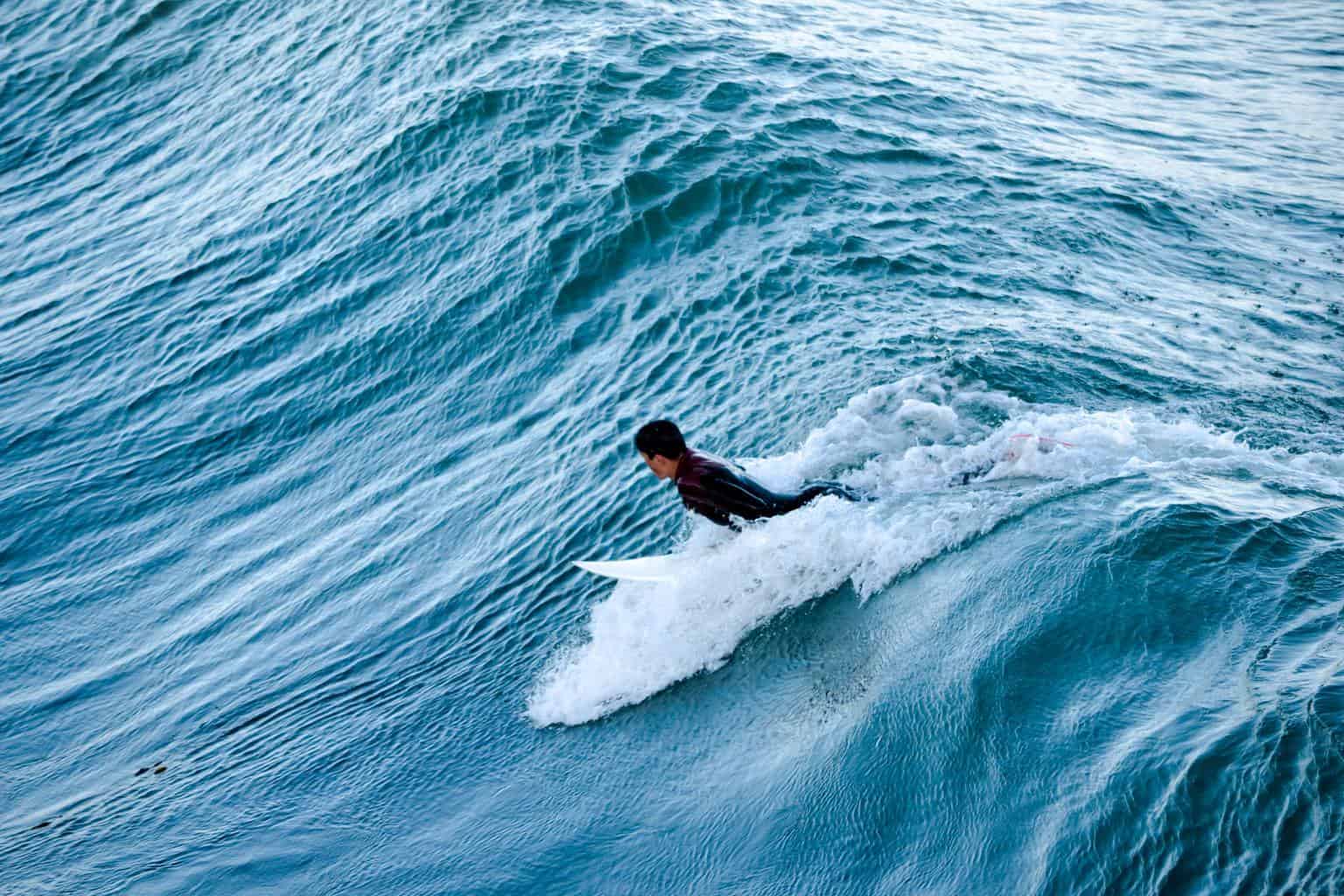Possibly the biggest excuse that is heard when asking people why they don’t surf is “I won’t be able to stand up”.
If you are one of those people that is not sure they are capable of this, or perhaps you have tried but still can’t stand while surfing, then this article is for you.
There may be a few simple changes such as your timing, foot positions, center of gravity, and speed that you could easily change and experience the world of a difference when trying to stand on a surfboard.
If you:
- are struggling to stand up
- simply want to learn all about the basics, or
- what you shouldn’t do
- as well as some helpful tips
then keep reading.
- Is “Standing up” and “Popping up” on a Surfboard the Same?
- Why Should I Stand up Surfing?
- Is It Hard to Stand up on a Surfboard?
- Is It More Difficult for Tall Surfers to Stand Up?
- How Long Does It Take a Beginner to Learn How to Stand Up?
- How Do You Stand up Correctly on a Surfboard?
- 7 Practical Tips to Learn How to Stand up Quickly & Frustration-Free
- 1. Practice Your Pop-up Out of the Water
- 2. Staying Flexible Will Help Popping up When Surfing
- 3. Position Yourself Properly on Your Surfboard Before Popping Up
- 4. The Faster You Paddle the Easier It Will Be to Stand Up
- 5. Pop-up At The Correct Time
- 6. Perform a Fast Pop-up
- 7. Find Your Center Of Gravity By Bending Your Knees
- When Should You Stand up When Surfing?
- How Do You Pop up Faster on a Surfboard?
- The 6 Most Common Beginner Mistakes When Trying to Stand Up
- Conclusion
- You Might Also Like…
Disclosure: this post contains affiliate links (clearly marked with ), which means we may earn a commission if you buy something through them, at no additional cost to you.
Is “Standing up” and “Popping up” on a Surfboard the Same?
Before we continue, it is important to be clear on what popping up and standing up on a surfboard mean.
Popping up, or the “pop-up”, is what surfers call the action of going from lying on a board to the standing position. This is because the action is a quick explosive maneuver.
Standing up on a surfboard and popping up on a surfboard are the same thing, although once you have made it to your feet and continue to stand on the board, the pop-up is over.
Why Should I Stand up Surfing?
If you are questioning why you need to stand up while surfing, the truth is that you don’t.
However, if you want to surf on a surfboard then standing up is a fundamental of the sport.
Bodyboards and kneeboards are designed much shorter than a surfboard, the reason for this is based on control.
In the same way that a smaller car is easier to control, a smaller board represents a similar idea.
When you are lying on a bodyboard or kneeling on a kneeboard, you are limited to smaller body movements, this is why they are smaller.
When you can’t use your hips and shoulders to change direction, it is harder to turn.
When on a surfboard, you will have noticed how difficult it is to change direction while lying down, especially when using a longboard.
This control limitation becomes close to non-existent the moment you stand up.
Is It Hard to Stand up on a Surfboard?
To some, surfing can be hard, and to others, it seems to come with almost no effort at all.
From learning to get past the break to mastering the “pop-up” action, there are many things a new surfer will need to perfect.
Each person is individual when it comes to learning to stand up on a surfboard, although some previous experience in other sports may make it easier for some.
Having a reasonably strong upper body and being able to quickly move from a prone position will be a benefit, as well as your personal balance, and body type.
Is It More Difficult for Tall Surfers to Stand Up?
Center of gravity plays a huge role when standing up and remaining standing on a surfboard.
For this reason, taller surfers often find it more difficult to stand up on a surfboard.
When your body is closer to your board, your weight is more evenly distributed on the surfboard.
Taller surfers tend to be slightly top-heavy, this means that smaller movements in the upper body will have a greater effect on their balance.
Another reason tall surfers can find the popping-up action tougher is that their legs are longer, and therefore there is more to bring beneath their body than for shorter surfers.
Although this is easily overcome with some practice, the learning curve may be slightly steeper.
3 Tips for Tall Surfers When Trying to Stand Up
- Stay low: As mentioned above, being top-heavy is not ideal. The more you bend your knees, the easier you will find it to balance.
- Under compensate: Because small upper body movements have a greater effect the taller you are, when you feel as though you are falling, make small corrections instead of large shoulder movements.
- Crouch for longer: When bringing your legs beneath you during a pop-up, don’t extend your legs right away.
Instead, keep your legs all the way bent as if you are in a full crouch.
This will allow you to center yourself before extending your legs.
How Long Does It Take a Beginner to Learn How to Stand Up?
So you want to know how long it will take you to learn to stand up on a surfboard before you hit the water, or perhaps you have been trying and are still unsuccessful.
It is common to think that you are taking too long to learn how to stand up, and for that reason you might think maybe surfing is not for you.
As mentioned, everyone is different when it comes to learning to surf.
However, with the correct surfboard, a coach, the perfect conditions, and dedication, you could be up and standing within the first hour.
This, however, does not mean that if you have been trying for three sessions and are still unsuccessful that you will not get it right.
As is the nature of the ocean, it is unpredictable, and the conditions may not have been best for learning to surf.
Keep at it, the learning curve may be steep, but once you have got it, you will only get better from there.
How Do You Stand up Correctly on a Surfboard?
When popping up on a surfboard there are multiple options.
There is the shortboard pop-up (which will be the ultimate goal), a toes first pop-up, knees first pop-up, back foot first pop-up.
Toes First Pop-Up
This pop-up style, also known as the longboard pop-up can only be done on a longboard.
The reason for this is that you will need to raise yourself onto your toes first.
- Start in a prone position with your chest to the board.
- Place your hands flat on the board so that your thumbs are under your armpits.
- Raise yourself onto your toes and extend your arms (this is the same position as a straight arm plank).
- From here, pop your front foot forward so that it is under your chest, while at the same time slightly twisting your back foot so that you are side on with the board.
Shortboard Pop-Up
The shortboard pop-up is the ultimate goal, as it is the fastest way to get into position.
This pop-up can be done on any size board and is very similar to the longboard pop-up.
- Start in a prone position with your chest to the board.
- Place your hands flat on the board so that your thumbs are under your armpits.
- Extend your arms so that your chest is raised off of the board (an upward dog position).
- Flick your thighs to bring your legs up and tuck your feet under your body (your front foot should end up in line with where your hands were placed).
Back Foot First Pop-Up
This pop-up technique can be used on any size surfboard and may be easier for some surfers as it does not require an explosive pop.
Using this technique will also reduce some of the upper body strength that is required.
- Start in a prone position with your chest to the board.
- Place your hands flat on the board so that your thumbs are under your armpits.
- Extend your arms so that your chest is raised off of the board (an upward dog position).
- Bring your back foot forward into its final position.
- Push back with your arms onto your back foot while extending the back knee.
- Bring your front foot forward into its final position.
Knees First Pop-Up
Using your knees to stand up on a surfboard is not a recommended method to use.
It is a much slower movement and therefore will make catching steeper waves difficult.
This method can also only be used on larger boards.
However, if you have been struggling to stand up and are still practicing in white water, getting onto your knees first could help get you onto your feet.
It is important to remember that this technique should not become a habit, as it will need to be unlearned at a later stage.
Because these steps may seem slightly difficult to understand without a visual reference, the video below demonstrates these four techniques in action.
7 Practical Tips to Learn How to Stand up Quickly & Frustration-Free
If you are still struggling to stand up on your surfboard after reading the above steps, you may find these tips on how to stand up helpful:
1. Practice Your Pop-up Out of the Water
If you have ever seen a surf coach preparing their students to hit the water for the first time, you will probably have noticed how they all practice popping up on the beach.
When you take away the unpredictability of the ocean, it is easier to create an understanding of the movements you will be using.
Tracing the pattern of your surfboard in the sand and practicing popping up on it will help to create some muscle memory, which in turn will allow you to pop-up in the water with little or no thought.
2. Staying Flexible Will Help Popping up When Surfing
It is always a good idea to be flexible when taking part in a sport. Especially an extreme sport like surfing.
When you have a full range of motion in your limbs, performing explosive movements such as the pop-up becomes easier.
Doing yoga a few times a week, or performing light stretches before a surf will allow you to get yourself into the position faster, therefore making it easier to stand up on your surfboard.
3. Position Yourself Properly on Your Surfboard Before Popping Up
Whether you are standing up or lying down on your surfboard, body position is everything.
Finding the “sweet spot” on your board will allow you to properly balance. This will allow you to be the most efficient while paddling, as well as make standing up easier.
So where is the sweet spot?
The sweet spot of all surfboards is somewhere in the center of the board.
If you are trying to find out exactly where it is, simply float your board in the water and push it down in different areas around the center.
When doing this, find the point where the board feels the most stable and gives the most resistance to the water.
This is the spot that your solar plexus should be when lying on your board.
Remember, the further forward you are the faster your board will go, but the easier it will be to nose dive.
On the flip side, the further back you are the easier it will be to maneuver the board, but the slower you will go.
4. The Faster You Paddle the Easier It Will Be to Stand Up
It may not seem relevant to standing up, but when you hit the wave at speed it will make it easier for the wave to push you forward.
This will give you more time to stand up before the wave begins to break.
When you hit the wave at speed it will also reduce the chance of you falling off the back of the wave as you pop up.
5. Pop-up At The Correct Time
Just like the importance of your body position, your timing is crucial when standing up on a surfboard.
If you jump up too early, you will simply sink off the back of the wave.
And if you pop up too late, the wave will break on your head or will have lost all its power.
6. Perform a Fast Pop-up
The faster you perform your pop-up, the easier it will be to stay on the wave.
This is because when the movement is quick and fluid your board spend less time out of balance, and you have more time to keep up with the wave.
A slow pop-up often results in the wave breaking before you manage to stand up.
This will lead to being stuck in the white water, or being wiped out by the crushing lip.
7. Find Your Center Of Gravity By Bending Your Knees
Keeping your butt in and your knees bent will aid you in your balance.
Not only will it keep your weight more centered and lower to the water, but having your legs constantly engaged will allow you to rebalance and maneuver successfully.
It is important to not get into the habit of surfing with stiff legs.
When Should You Stand up When Surfing?
The best way to understand the correct time to stand up is when you can feel the wave propelling you forward.
If you no longer need to paddle to keep up with the wave then you should stand.
As you feel the wave pushing you forward, it is a good idea to give one last powerful paddle and then perform an explosive pop-up.
The more you practice this, the quicker you will notice this moment, and therefore react faster.
How Do You Pop up Faster on a Surfboard?
As mentioned before, the faster you pop up, the better.
So how do you increase your pop-up speed?
If you are going for the fastest pop-up possible, then the shortboard pop-up that was mentioned above should be your goal.
To make this easier you should consider the following:
- Practice on a larger board: Bigger boards will have a larger sweet spot, so your landing from your pop-up will not need to be as precise.
- Practice on land: Simply practicing the pop-up movement on the land will help build upper body strength and muscle memory.
- Experiment with different timings: Different stages of a wave will be easier to stand up on. Popping up on a slope is easier as the surfboard will propel itself underneath your feet.
The 6 Most Common Beginner Mistakes When Trying to Stand Up
Now that you have some good solid tips on ways to improve your standing up techniques, it is important to know some of the most common mistakes beginner surfers make when trying to stand up.
Avoiding these will increase your learning speed while avoiding bad habits.
- The incorrect positioning while paddling or preparing to stand up.
As mentioned before, it is important to position yourself on the sweet spot of the board. - Using your knees to stand up or maintain balance.
Doing this may seem easier, but if you form a habit from it, it will be difficult to break. - Standing up too late.
When you are new to surfing, it may be difficult to know when the wave is pushing you enough.
If you wait too long, the wave will run out of steam and not support you when you stand up. - Grabbing the rail when trying to stand up.
Sometimes this happens as a natural reaction to correct our balance.
However, grabbing the rail when popping up will undoubtedly tip you over as you are unbalancing the board. - Bending from the waist.
Although you should keep your knees bent, bending from your waist and pushing your butt backward will destroy your center of gravity and make it difficult to control the board. - Giving up too soon.
Time and time again, new surfers give up after just one or two hours of trying to stand.
The learning curve is sometimes very steep, but once you have stood up once, each time will become easier.
Conclusion
Popping up, or standing up on a surfboard, can take some practice, and will require some dedication.
As it is with everything new we learn, the more we practice, the better we become at it.
If you follow the above tips and avoid the common mistakes you will be up on your feet and riding your first wave in no time.
Just remember to never give up. You will get there eventually.
You Might Also Like…
-

Do Surfers Ride Switchfoot? 5 Benefits (& Why You Should Learn It)
-

Do Surfers Shave Their Legs? 5 Common Reasons (+Pros & Cons)
-

Do Surfers Wear Helmets? 8 Situations You Should Wear One (+4 Cons)
-

Do Surfers Poop in the Ocean? Myths & Facts (+5 Tips)
-
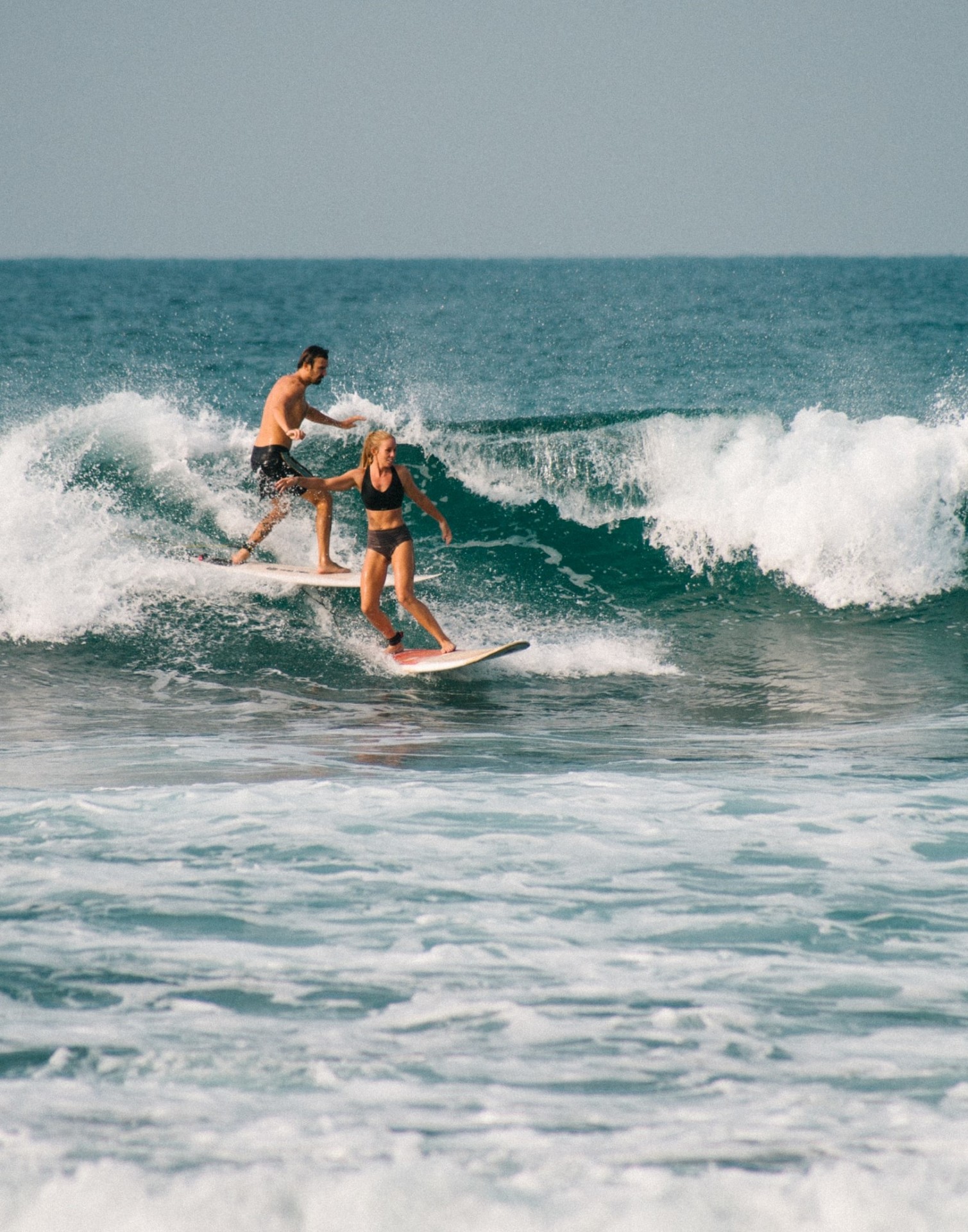
Do Surfers Run Into Each Other? 5 Common Reasons (+8 Tips)
-
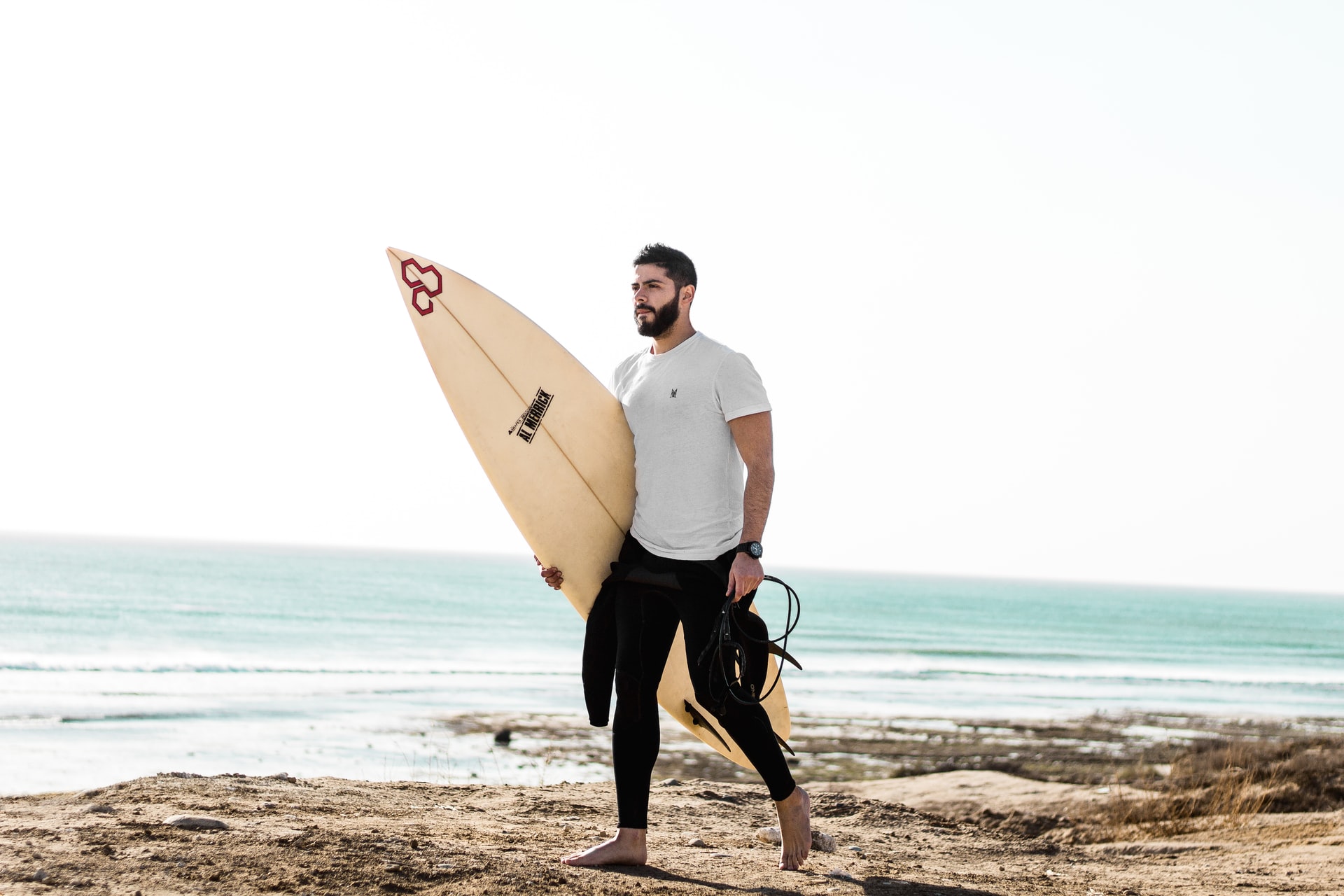
Do Surfers Have Beards? Pros & Cons You Should Know (+4 Tips)
-
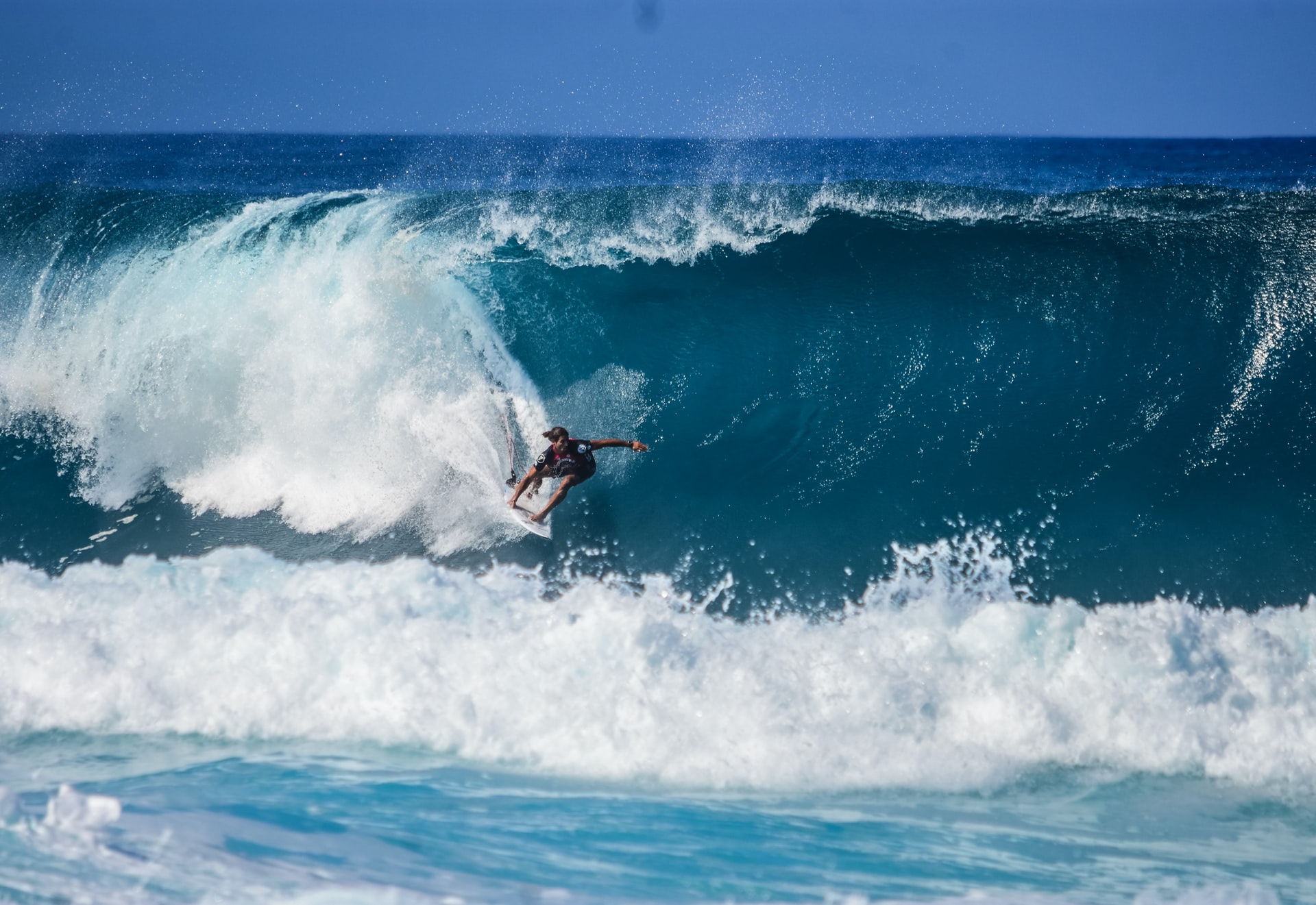
Do Surfers Like Constructive or Destructive Waves? (+Pros & Cons)
-

How to Surf Safely: 34 Crucial Tips (Every Surfer Should Know)
-
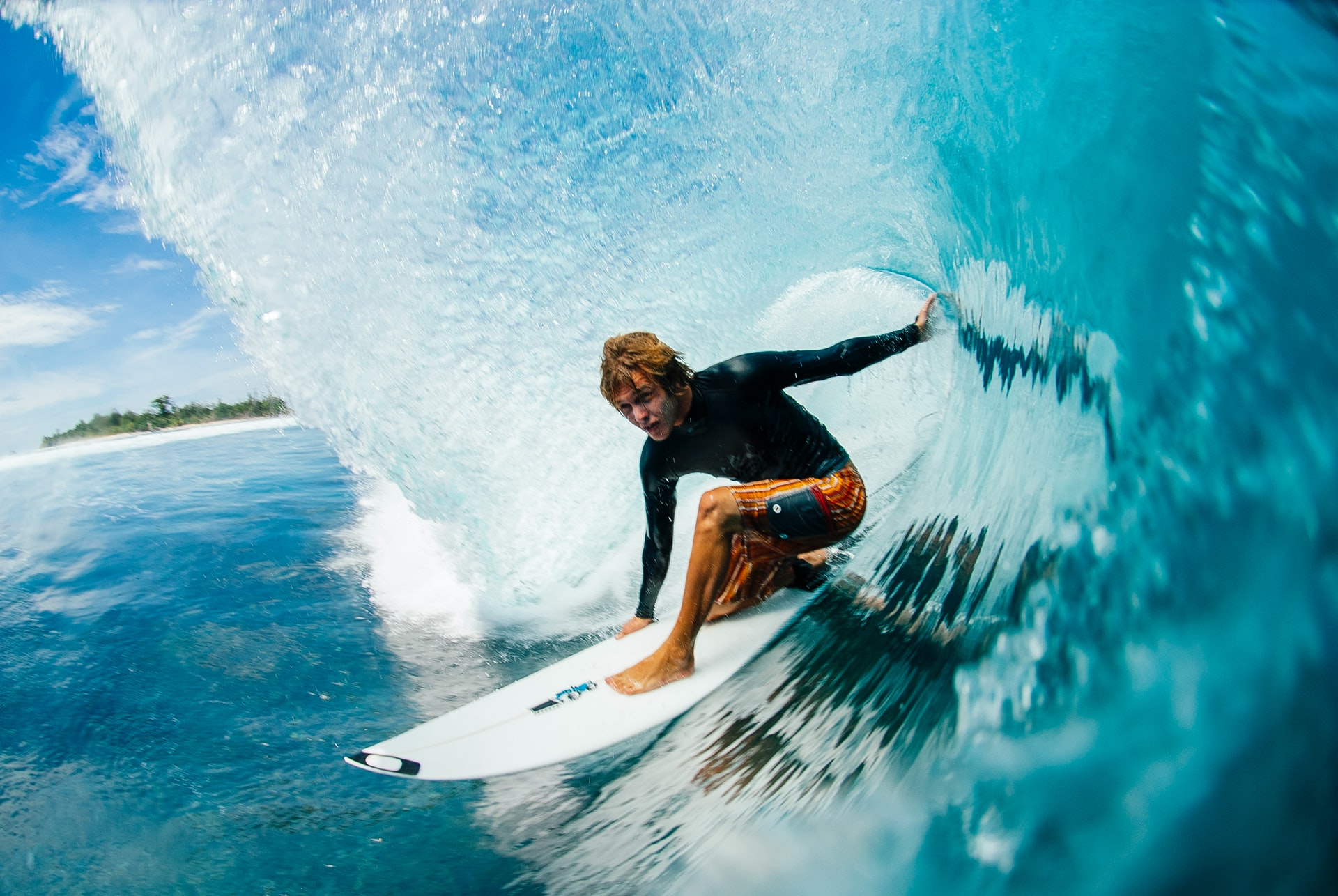
Do Pro Surfers Use Leashes? (+6 Reasons Why You Should Too)
-
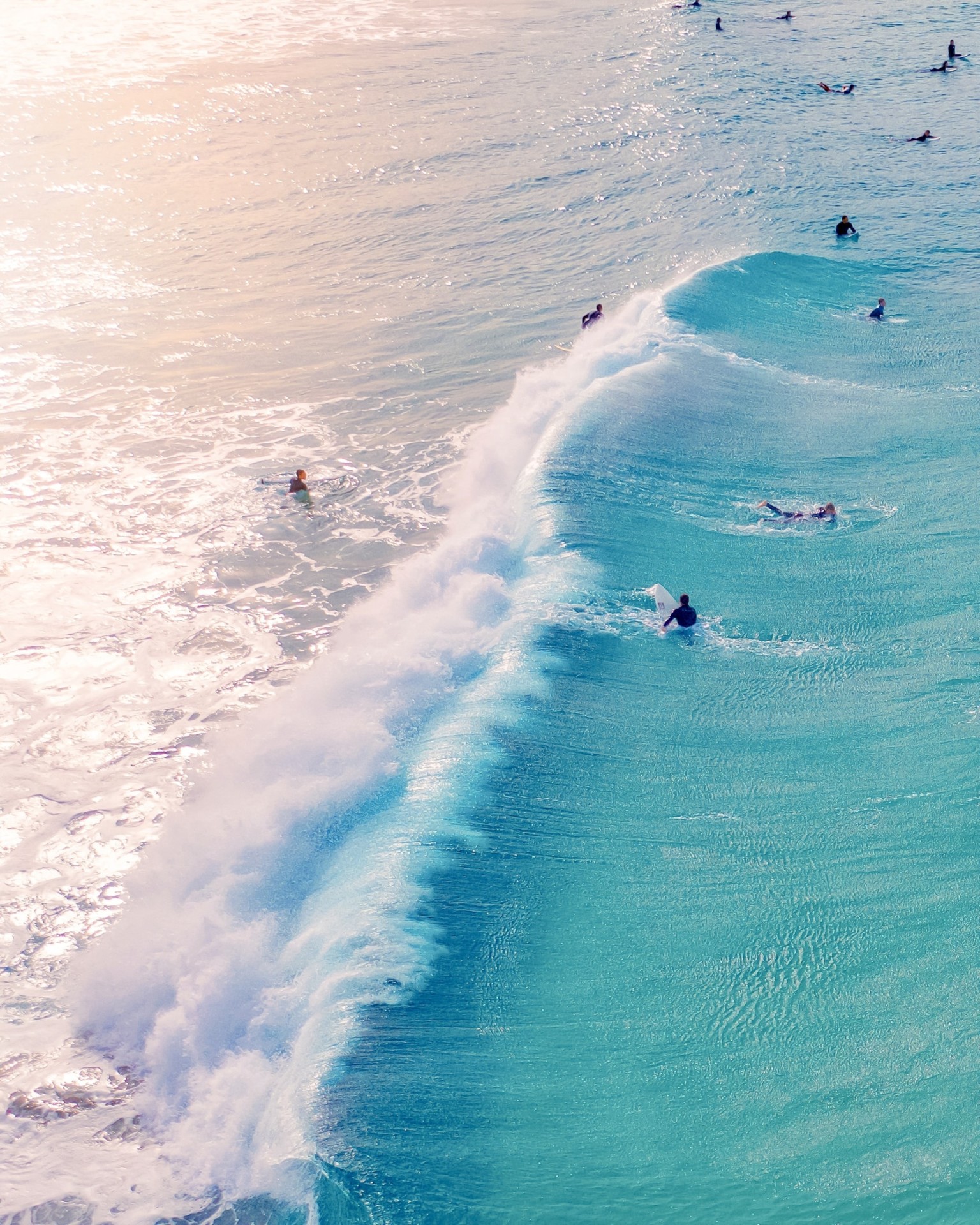
Do Many Surfers Drown? Here Are the Facts (+4 Common Reasons)
-
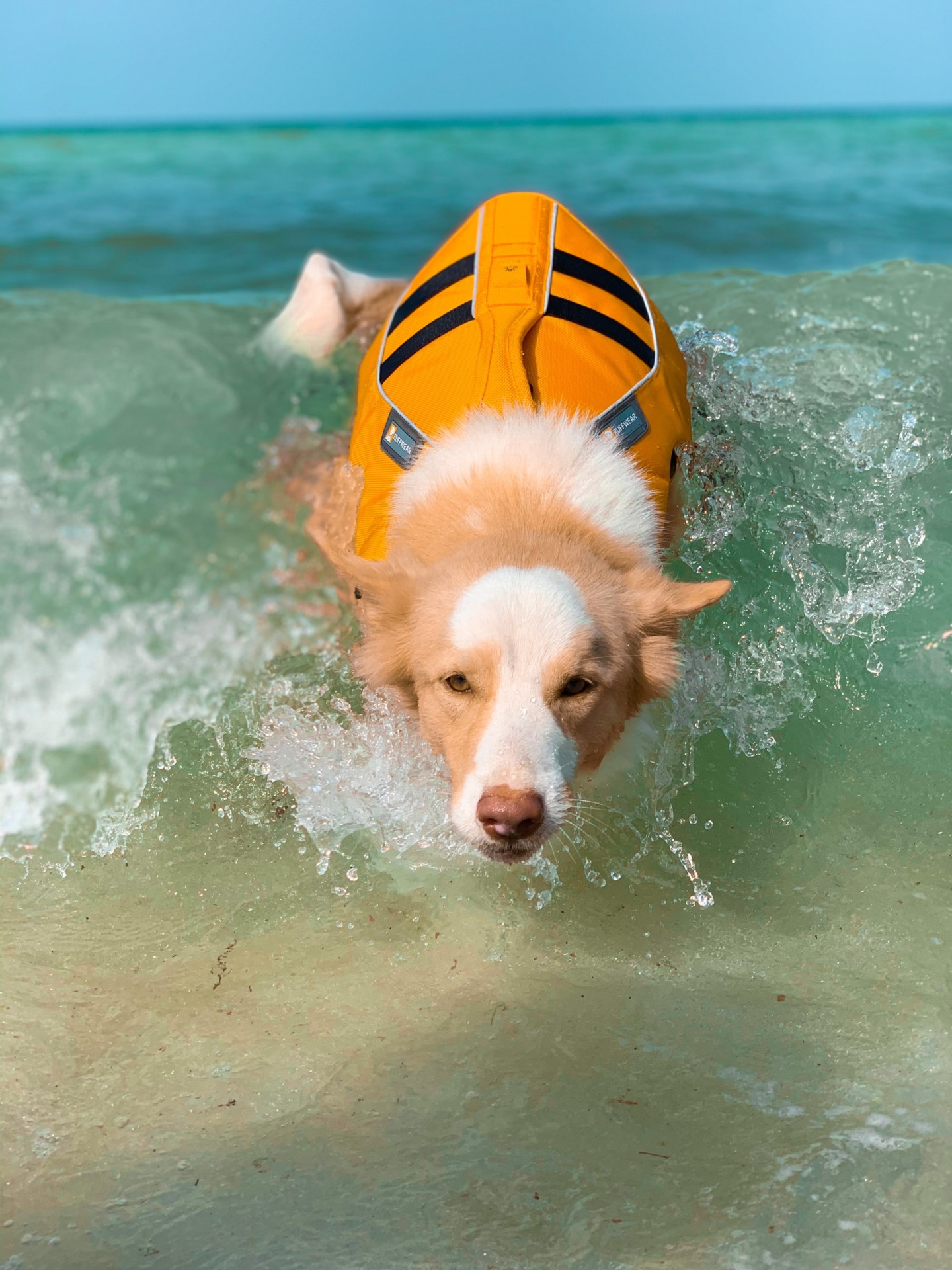
Do Surfers Wear Life Jackets? (7 Reasons Why They Don’t)
-
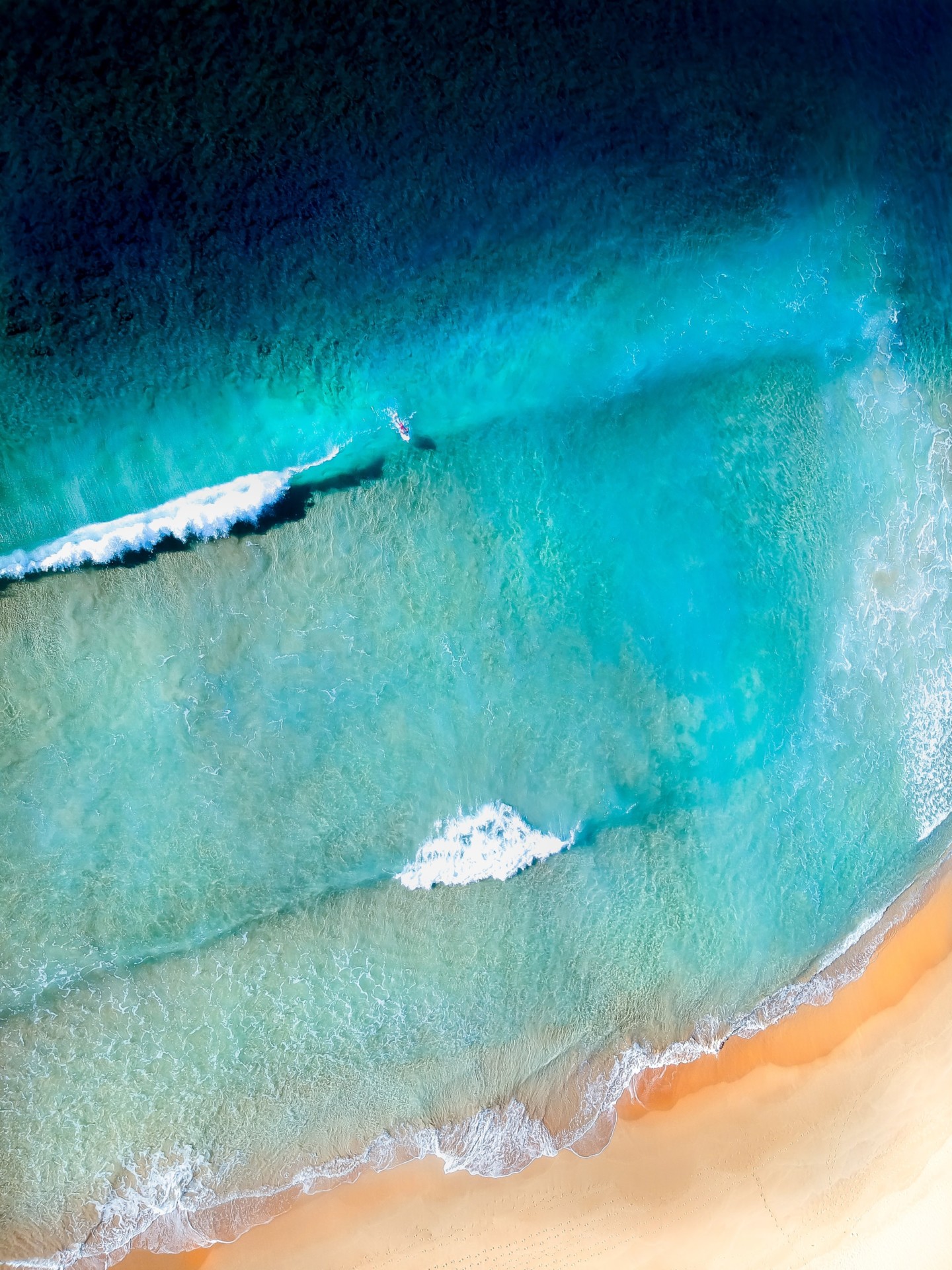
Do Surfers Like Rip Currents? (& How to Use Them Safely)

